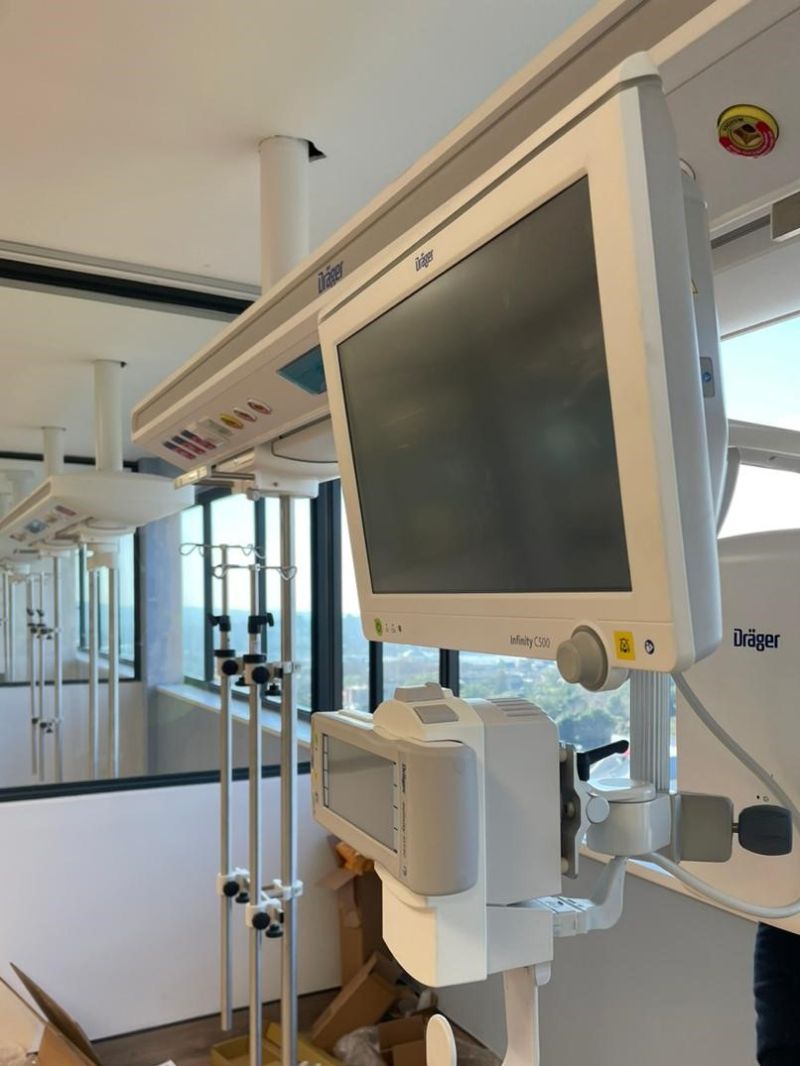During the commissioning of the ICU at the new Johannesburg Surgical Hospital, we engaged in thoughtful discussions surrounding the pros and cons of various configurations for the monitors. These conversations prompted me to reflect on the comments on my recent post about standardization, highlighting the importance of considering costs.
I want to delve deeper into the critical question of determining the cost-effectiveness of adopting non-standard products. Additionally, I will explore the impact of cognitive load on nursing errors and its potential cost implications. Let’s explore how finding the right balance between costs and quality can lead to better patient care and financial efficiency.
Evaluating Costs and Risks: As we explore options for procuring medical equipment, the Afrikaans adage “Goedkoop is Duurkoop” reminds us that low upfront costs may not always translate into long-term savings. When considering non-standard products, we must carefully assess the risks involved. Research in healthcare economics (Kaplan & Porter, 2011) emphasizes the significance of taking a holistic view of the lifetime costs of equipment, including maintenance, training, and potential replacements.
The Burden of Cognitive Load: Cognitive load, the mental effort required to process information during tasks, plays a pivotal role in nurses’ daily routines. In a complex and non-standardized environment, nurses can face an excessive cognitive burden. Kahneman and Tversky(1973) demonstrated that cognitive overload can lead to decision-making errors and adverse outcomes. The healthcare system incurs substantial costs resulting from errors made by nursing staff.
By creating a nurse-friendly environment through consistent and familiar equipment, we can help reduce stress and fatigue, leading to better decision-making and improved patient care. Standardized equipment has been shown to offer a potential reduction to the burden of cognitive load by enhancing workflow efficiency this in turn minimizes the likelihood of preventable errors.
In conclusion, achieving the right balance between cost considerations and quality is essential for healthcare efficiency. While “Goedkoop is Duurkoop” cautions against solely focusing on low costs, we must also carefully assess the potential risks involved in adopting non-standard products. Research on cognitive load reinforces the importance of a nurse-friendly, standardized environment in reducing errors and improving patient care.
By investing in well-considered, quality solutions, we can pave the way for long-term savings and enhance patient safety. As healthcare leaders, let us apply these insights to make informed decisions that benefit both our medical staff and the patients we serve. Share your thoughts on striking this balance in the comments below! #HealthcareEfficiency #QualityPatientCare
MoMed Health Consultancy

